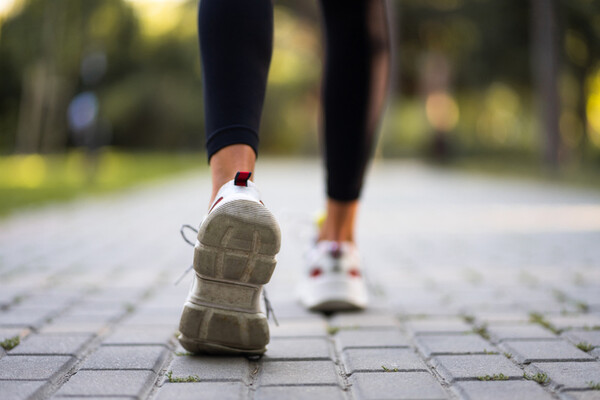When people undergo chemotherapy, they often struggle to eat well, experience side effects, and lose a significant amount of energy. However, chemotherapy patients should exercise at least three times a week according to their fitness levels.
Why?
“There are no reports that exercise directly improves the survival rate of cancer patients. However, proper exercise during treatment improves physical function and restores fatigue,” said Professor Huh Seok-jae of the Department of Hematology-Oncology at Dong-A University Hospital on the Korean Society of Medical Oncology's YouTube channel, “KSMO TV.”
Professor Huh noted that it's a great way to rejuvenate the body. It is highly recommended as it improves quality of life in many ways.
Cancer patients should include both aerobic exercises, like brisk walking, and strength training twice a week, he added.
“Chemotherapy itself causes sarcopenia,” Professor Huh said. “Maintaining the body requires a balance of adequate calorie intake and maintaining a certain level of muscle strength. Therefore, we recommend including strength training at least twice a week.”

Stationary biking, which can be done at home, is an ideal exercise recommended for cancer patients with low fitness.
Professor Lim Hyun-soo of the Department of Hematology-Oncology at Ulsan University Hospital said, “Riding a stationary bike provides both aerobic exercise and lower body strength training,” adding that it also has the advantage of being able to exercise consistently without being affected by the weather.
Some cancer patients, including those undergoing chemotherapy for digestive system cancers, are also recommended to ride stationary bikes.
“Oxaliplatin and platinum drugs, which are commonly used in the treatment of digestive system cancers, inevitably cause peripheral neuropathy,” Professor Huh said. “The most common symptom of peripheral neuropathy is loss of balance. In such cases, it is recommended that patients should exercise appropriately, such as on a stationary bike, rather than walking briskly.”
There are some caveats to exercising while undergoing chemotherapy. They need to exercise according to their daily physical condition.
“Just like learning, you should do what suits your condition,” Huh said. “If you tell a patient who has low muscle strength and is at risk of falling to ‘walk,' they will fall and get a fracture. Overdoing it when exercising will only cause side effects.”
“If you are older, cannot do rehabilitation therapy or exercise, and have been lying down for a long period, I recommend you start by walking in place where you get up so that you can gradually restore your strength,” he advised.
People with cancer should also avoid exercises that pose a high risk of injury, such as barefoot walking.
“Barefoot walking is a trend these days. They say that they walk on loess roads every day. However, there is a crucial point to being careful,” Professor Lim said. “If you get a wound while walking barefoot, it can be a big problem because your immunity may decrease due to chemotherapy, and wounds may not heal well. I recommend avoiding walking barefoot on dirt roads.”
Professor Kim Il-hwan of the Department of Hemato-Oncology at Inje University Haeundae Paik Hospital said, “It is not easy for cancer patients to continue exercising while undergoing chemotherapy. However, we recommend choosing exercises that match their physical condition and maintaining a routine of at least three times a week."
Related articles
- [Column] Elderly driving became 'elephant in the room': Is returning a license the only way?
- [Column] Beware ‘Snapshot Fallacy’: Those aged 65 or over may not be considered older adults in 20 years
- [Column] Age 73: a tipping point in health. Ditch the supplements and do strength training that doesn’t cost much.
- Experts discuss raw food safety for cancer patients undergoing chemo
- Vitamin D shows effects similar to exercise in preventing sarcopenia in older adults

